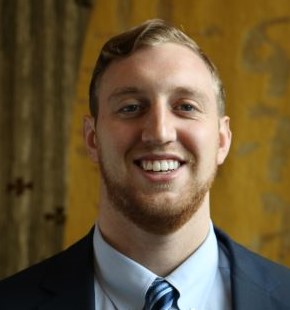By Jim Cline
As had been widely anticipated, the United States Supreme Court in Lane v. Franks overturned a ruling by the 11th Circuit Court of Appeals that had found that a Georgia community college administrator was unprotected by the first amendment when he was retaliated against following his sworn court testimony.
The 11th Circuit had applied the Supreme Court’s previous decision in Garcetti v. Callebros which had held that when an employee speaks in furtherance of official “job duties” they do so without first amendment protection. The 11th Circuit had concluded that since the testimony was technically in furtherance of those official duties, Garcetti removed first amendment protection from his sworn statements, leaving him without protection against retaliation.
This seemed to be a case of taking a legal principle to its logical extension and then finding the consequence of the principle unacceptable. As one constitutional law blog noted in predicting this reversal: “It would be difficult to find more sympathetic facts for the protection of a public employee.”
But the Garcetti decision has been problematic, even before the facts of Lane surfaced, as related in our recent blog article. As we explained:
The Garcetti decision has been widely criticized as blocking public employee speech rights within the workplace. In fact, the decision does restrict public employee speech rights significantly beyond the Connick standard, but does not leave all work related speech unprotected. The operative question is whether the speech is part and parcel of the employee’s job or whether it is something else, such as whistleblowing speech. The lower courts have found it very difficult to consistently implement the distinctions created in Garcetti, and its durability is doubtful.
We noted that the 9th Circuit in particular has been applying Garcetti in a narrow manner, declining to apply the “job duties” test in a mechanical manner.
The Supreme Court decision in Lane v. Franks does not overturn Garcetti, but seems to anticipate a move restricting its scope, perhaps in a manner similar to that applied by the 9th Circuit. The Court cited repeatedly to the 1968 public first amendment decision Pickering v. Board of Education, in which the Court adopted a robust “balancing test” that broadly protected public employee speech rights. As we recently explained, over the past 30 years the Supreme Court has moved to restrict the reach of Pickering, typically by identifying speech arising during the course of ordinary work activities to fall outside the protection of the First Amendment, even when they touched on matters of “public concern.”
But now, the tide may be turning the other direction. The Court expressly states in Lane v. Franks that “Pickering provides the framework” to analyze public employee speech rights. The Court acknowledges that Garcetti removes job protection for speech in furtherance of “job duties,” but appears to reframe the scope of Garcetti in the possible direction of the 9th Circuit. The court does not cite to the scope of duties under the official job description but instead references “ordinary job responsibilities.” Though subtle, there is an important difference between “official” job duties and “ordinary” job duties. Such a reframing of the legal standard may well bring back into first amendment protection employee whistleblowing activities that some observers thought Garcetti left unprotected.




